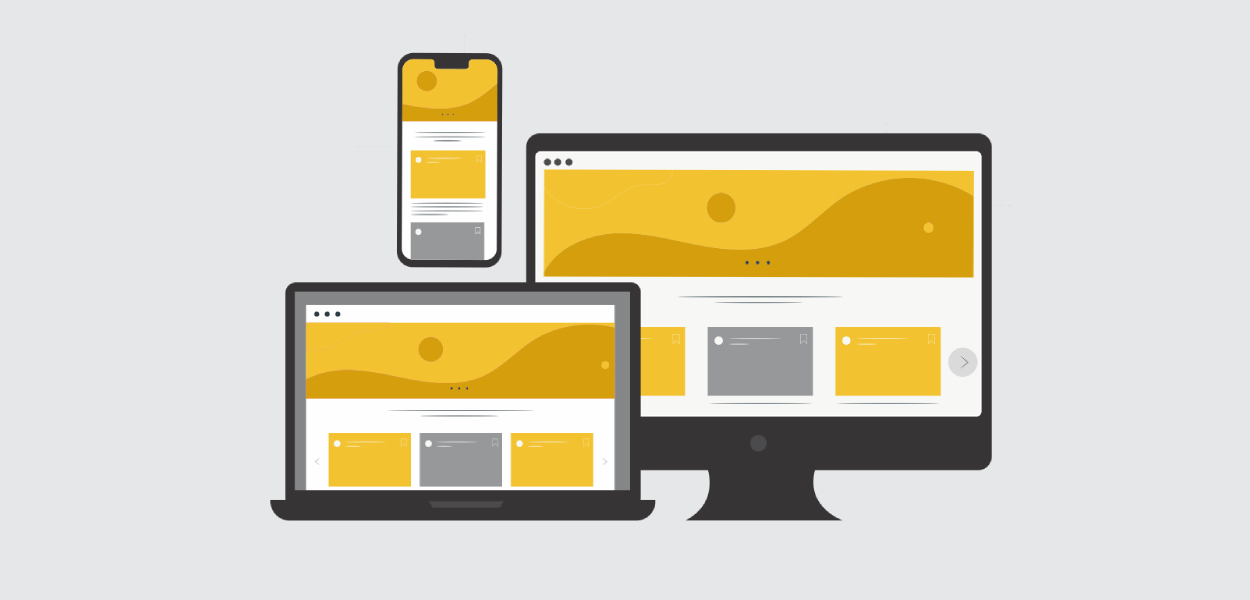The Dos and Don’ts of Web Design: Tips for a Successful Website
In today’s digital age, having a website is an essential part of any business or personal brand. A website is a reflection of your online presence and can either attract or repel potential customers or followers. Therefore, it is crucial to ensure that your website is well-designed and user-friendly. In this article, we will discuss the dos and don’ts of web design to help you create a successful website.
Do: Define Your Target Audience
Before designing your website, it is essential to identify your target audience. Your target audience is the group of people who are most likely to be interested in your products or services. Understanding your target audience will help you design a website that appeals to their needs and preferences. You can gather data on your target audience by conducting surveys or analyzing your competitors’ websites.
Do: Make Navigation Easy in web design
Navigation is one of the most critical aspects of web design. Users should be able to find what they are looking for quickly and easily. Keep your navigation menu simple and easy to use, with clear labels that describe the content of each page. Place the menu in a consistent location, such as the top or left-hand side of the page.

Do: Use High-Quality Images
Images are an essential part of web design and can make your website look more visually appealing. However, using low-quality images can make your website look unprofessional. Use high-quality images that are relevant to your brand and products. If possible, use original images that reflect your brand’s personality and values.
Do: Make Your Website Mobile-Friendly
In today’s mobile-driven world, it is essential to make your website mobile-friendly. Users should be able to access your website from any device, including smartphones and tablets. Use a responsive design that adjusts to the size of the user’s screen, making it easy to navigate and read.
Do: SEO Friendly website
SEO and website both things are hand to hand. Make sure you must have SEO friendly website and you can upgrade them on regular basis. Through SEO you can generate more traffic
Do: Test Your Website
Testing your website is an essential part of the web design process. It allows you to identify and fix any issues before launching your website. Test your website on different devices and browsers to ensure that it is responsive and works correctly. You can also ask friends or colleagues to test your website and provide feedback.

Don't: Use Too Many Colors
When designing a website, it is important to choose a color scheme that reflects your brand and is visually appealing. However, using too many colors can be overwhelming and distracting for users. Stick to a color palette that is consistent throughout the website and complements your brand’s logo and aesthetic.
Don't: Use Auto-Play Videos or Music
Auto-play videos or music can be distracting and annoying for users. It can also slow down your website’s loading time, which can negatively impact user experience. Instead, give users the option to play videos or music if they choose to.
Don't: Use Too Many Fonts
Using a variety of fonts can make your website look unprofessional and cluttered. Stick to two or three fonts that complement each other and are easy to read. Use larger fonts for headings and subheadings to make them stand out, and use smaller fonts for body text.
Don't: Use Flash
Flash is an outdated technology that is not supported by many devices, including smartphones and tablets. Using Flash can make your website slow and unresponsive, and can also negatively impact your search engine rankings. Instead, use HTML5, which is supported by all devices and is more secure.
Don't: Overload Your Website with Ads
Ads can be an excellent source of revenue for your website, but too many ads can make your website look cluttered and spammy. Limit the number of ads on your website, and place them strategically to avoid overwhelming users.
In conclusion, designing a website can be a challenging task, but by following these dos and don’ts of web design, you can create a website that is visually appealing, user-friendly, and successful. Remember to define your target audience, use a consistent color scheme and font, make navigation easy, use high-quality images, make your website mobile-friendly, test your website, and limit the number of ads on your website. By following these tips, you can create a website that reflects your brand’s personality and values, engages users, and drives conversions.
However, these tips are not exhaustive, and there are many other aspects to consider when designing a website. For instance, you should also ensure that your website’s content is high-quality, informative, and easy to read. You should also optimize your website’s speed and performance to provide users with a seamless browsing experience. Additionally, you should incorporate social media links and calls-to-action to encourage users to share your content and take action.
As you design your website, it’s essential to remember that the goal is not only to make it look good but also to make it functional and useful for your target audience. Your website should provide value to users, answer their questions, and help them achieve their goals. By putting yourself in the shoes of your target audience and designing a website that meets their needs and preferences, you can create a successful website that drives traffic, engagement, and conversions.





